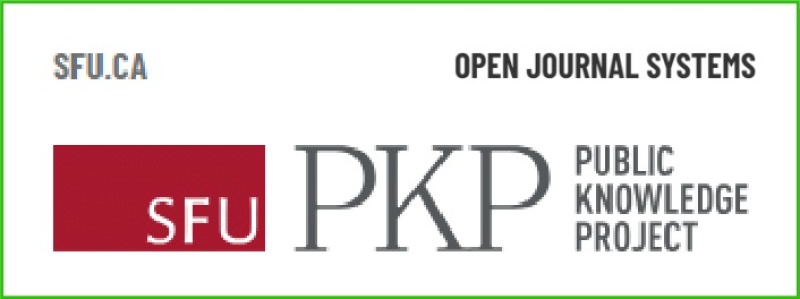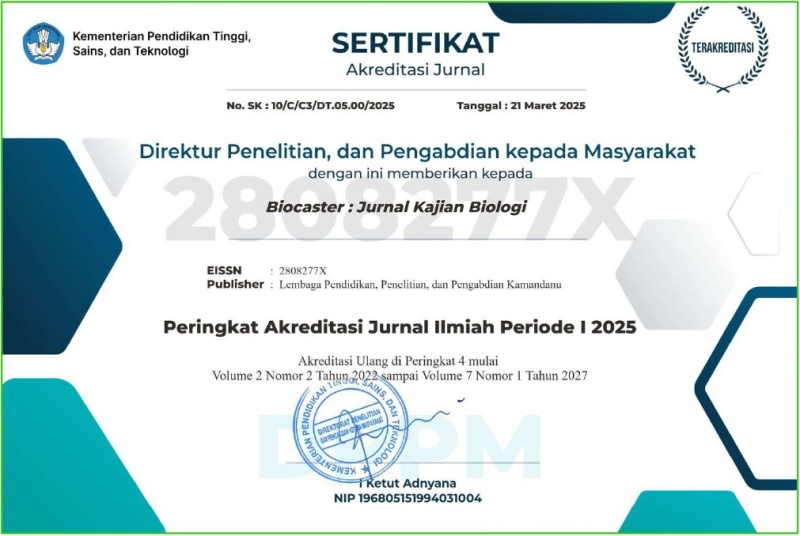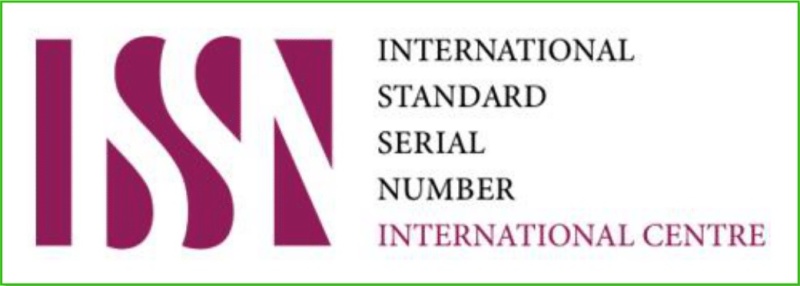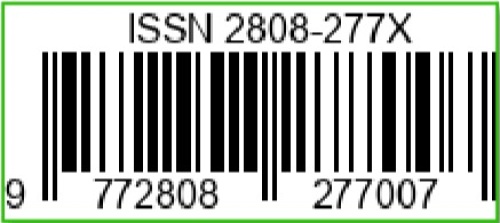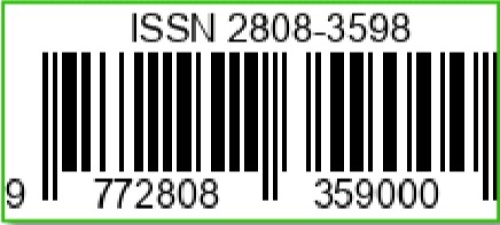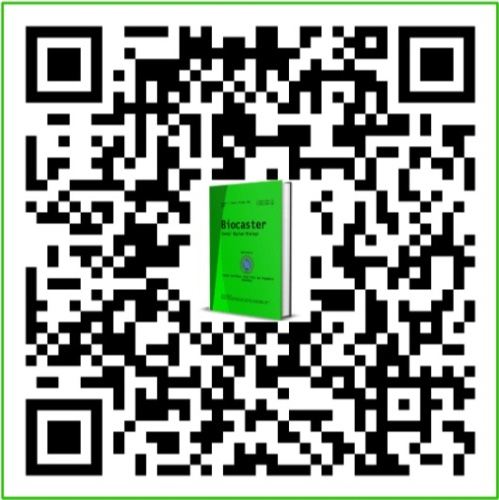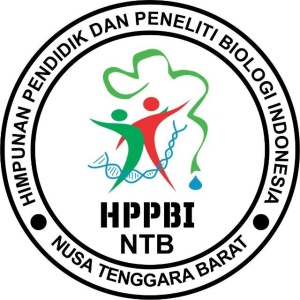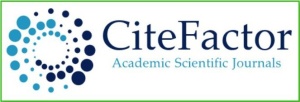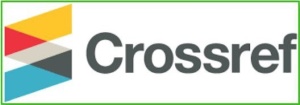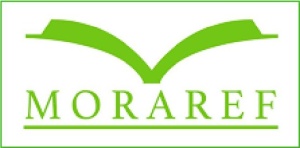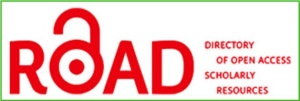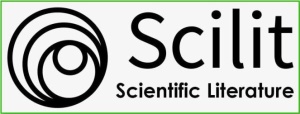Vigor dan Viabilitas Kecambah Kacang Tanah (Arachis hypogaea L.) Keturunan Pertama (F1) Hasil Persilangan antara Varietas Nasional dengan Lokal Bima
DOI:
https://doi.org/10.36312/biocaster.v2i2.393Keywords:
Peanuts, National Variety, Viability, VigorAbstract
Peanut (Arachis hypogaea L.) is a legume crop and is one of the second highest yielding secondary crops after soybeans. Peanut production in Indonesia tends to fluctuate and is still not able to meet the needs of the community every year. To produce quality seeds, one of the ways that plant breeders do is by crossing. The cross in this study was a peanut cross between the national variety and the local Bima variety. The purpose of this study was to determine the vigor and viability of peanut sprouts from crosses between national and local varieties of Bima. This research is included in pure experimental research. The design used in this study was a completely randomized design. The data in the research that has been collected through observation and documentation methods are then analyzed using ANOVA One Way. Based on the results of the study, the data on viability parameters were obtained, namely: the highest percentage of germination was obtained by F1A seeds (Rhinoceros Variety x Local Bima) with a value of 86.66% while the lowest percentage of germination was F1C seeds (V. Kancil x Local Bima) with a value of 20%. For the parameter of germination speed, the F1 seed which had the highest seed germination speed was F1E (V. Pelanduk x Local Bima) with a value of 2.33/day while the lowest germination rate was F1C (V. Kancil x Local Bima) with a value of 0.58/day. From all research data, it was found that data from all parameters experienced significant variations or differences with P Value < 0.05 in each treatment.
Downloads
References
Arikunto, S. (2002). Prosedur Penelitian Suatu Pendekatan Praktik. Jakarta: PT. Rineka Cipta.
Badan Pusat Statistik. (2014). Retrieved February 20, 2022, from Badan Pusat Statistik. Interactwebsite: https://www.bps.go.id/publication/2014/05/05/8d2c08d9d41aa8c02fad22e7/statistik-indonesia-2014.html.
Bidura, I. G. N. G. (2016). Bahan Makanan Ternak. Bahan Ajar. Universitas Udayana.
Effendi, Y. (2020). Buku Ajar Genetika Dasar. Magelang: Pustaka Rumah C1nta.
Halimursyadah., Imran, S., & Rahmat, A. (2016). Model Simulasi Pengujian Vigor Dua Varietas Kedelai pada Kondisi Media Tumbuh Bersalinitas Tinggi. Jurnal Agrotek Lestari, 2(1), 1-10. https://doi.org/10.35308/jal.v2i1.491
Hanafiah, K. A. (2012). Dasar-dasar Ilmu Tanah. Jakarta: PT. Raja Grafindo Persada.
Hasnudi, H., Ginting, N., Hasanah, U., & Patriani, P. (2019). Pengelolaan Ternak Sapi Potong. Medan: CV. Anugrah Pangeran Jaya.
Kamil, J. (1986). Teknologi Benih 1. Padang: Angkasa Raya.
Kartasapoetra, G. (1986). Masalah Pertanahan di Indonesia. Jakarta: PT. Bina Aksara.
Kementerian Pertanian Republik Indonesia. (2013). Prospek Pengembangan Agribisnis Kacang Tanah. Jakarta: Departemen Kementerian Pertanian.
Kusriningrum. (2010). Perancangan Percobaan. Surabaya: Airlangga University Press.
Nazir, M. (2011). Metode Penelitian. Bogor: Ghalia Indonesia.
Nugrahaeni, N., Hasanah, L. Z., & Purnomo, J. (2012). Pewarisan Karakteristik Polong dan Biji Kacang Tanah. In Prosiding Seminar Nasional Sumber Daya Genetik dan Pemuliaan Tanaman (pp. 121-127). Bogor, Indonesia: Badan Penelitian dan Pengembangan Pertanian.
Raslina, H., Dharmawibawa, I. D., & Safnowandi, S. (2018). Diversity of Medicinal Plants in National Park of Rinjani Mountain in Order to Arrange Practical Handout of Phanerogamae Systematics. Bioscientist: Jurnal Ilmiah Biologi, 4(1), 1-6. https://doi.org/10.33394/bioscientist.v4i1.210
Rukmana, R. (1998). Kacang Tanah. Yogyakarta: Kanisius.
Safira, N., Sumadi., & Sobarna, D. S. (2017). Meningkatan Komponen Hasil dan Mutu Benih Kacang Tanah (Arachis hypogaea L.) melalui Pemupukan Bokashi dan P. Jurnal Agroteknologi, 11(01), 1-6. https://doi.org/10.19184/j-agt.v11i1.5447
Sutopo, L. (2012). Teknologi Benih. Jakarta: PT. Raja Grafindo Persada.
Downloads
Published
How to Cite
Issue
Section
License
Copyright (c) 2022 Arief Rahman Hakim

This work is licensed under a Creative Commons Attribution-ShareAlike 4.0 International License.
-
Attribution — You must give appropriate credit, provide a link to the license, and indicate if changes were made. You may do so in any reasonable manner, but not in any way that suggests the licensor endorses you or your use.
-
ShareAlike — If you remix, transform, or build upon the material, you must distribute your contributions under the same license as the original.


